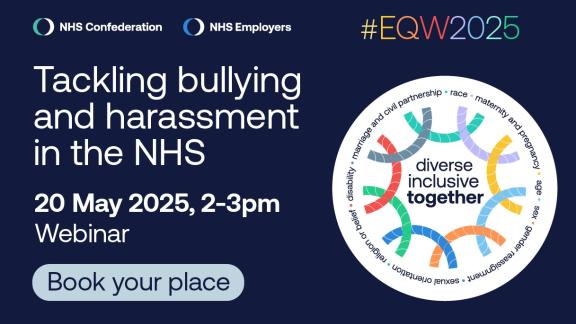Workforce Disability Equality Standard 2023 report findings

NHS England's 2023 NHS Workforce Disability Equality Standard (WDES) report has been published, providing a valuable insight into the working and career experiences of disabled people.
Disabled staff bring valuable lived experience and expertise into the NHS workforce and it is vital that we create and sustain an inclusive environment where everyone can be themselves. The WDES 2023 report shows there is still work to be done and the 2003 NHS England Equality, Diversity and Inclusion Improvement Plan supports this.
Take a look at the key findings of the WDES report below along with the actions that you can take to improve the experience of disabled staff in the workforce.
Further information
Access the 2023 NHS Workforce Disability Equality Standard report and read a case study on how speaking out and formalising new standards can transform people’s experience of disability at work.



